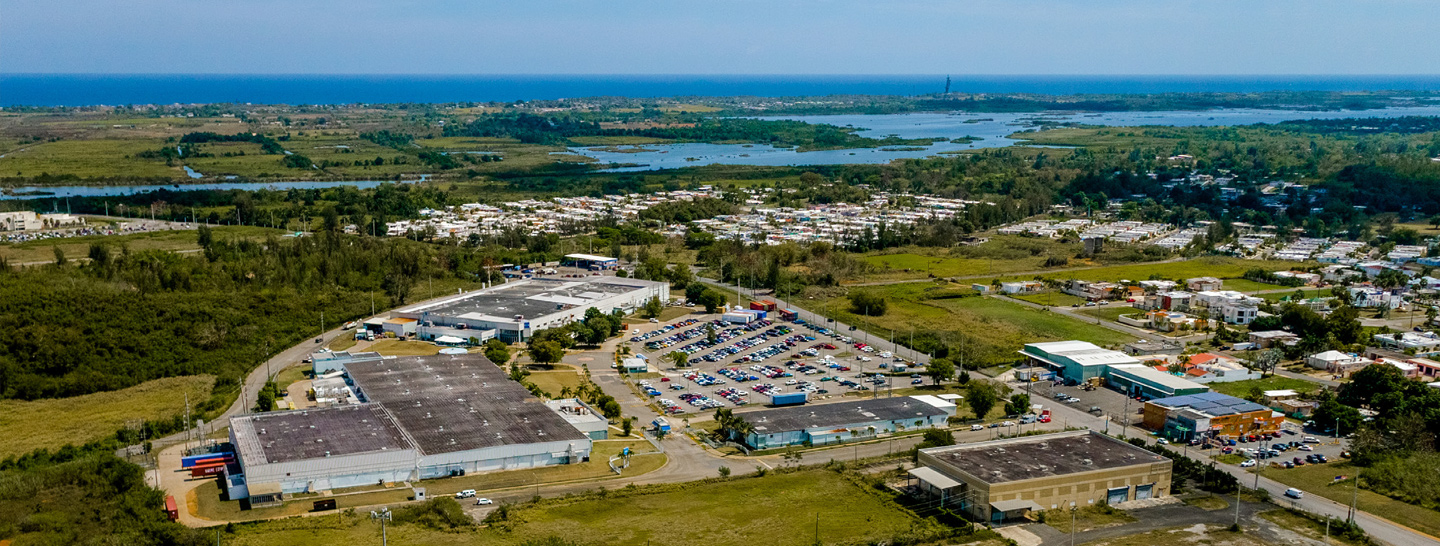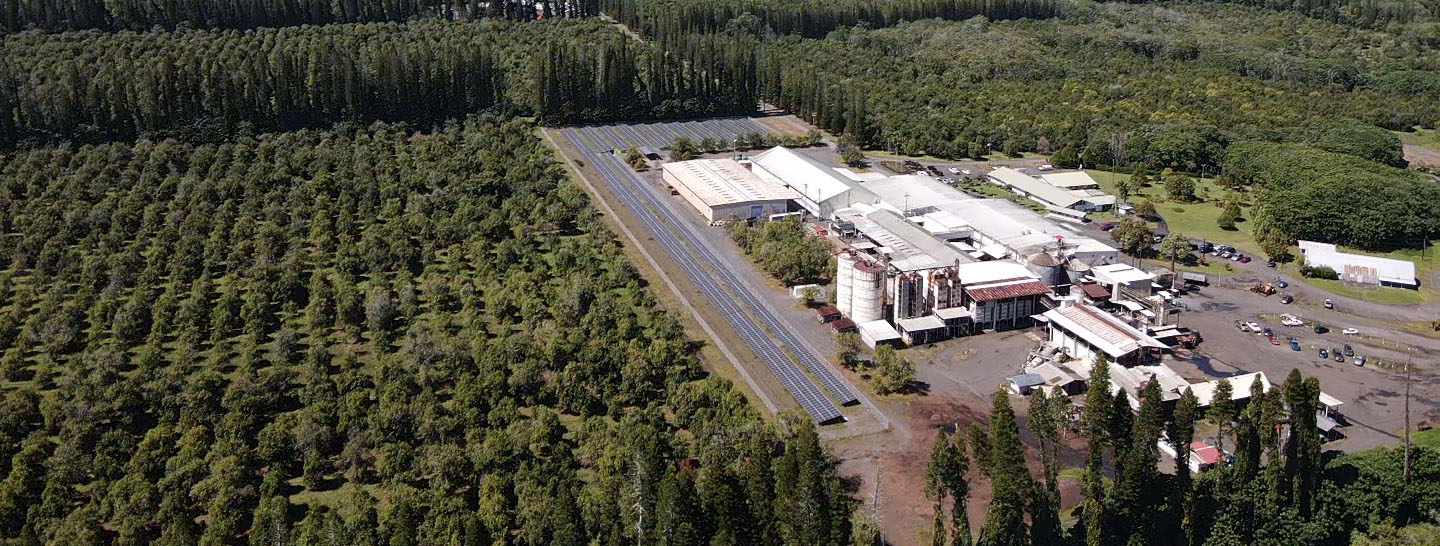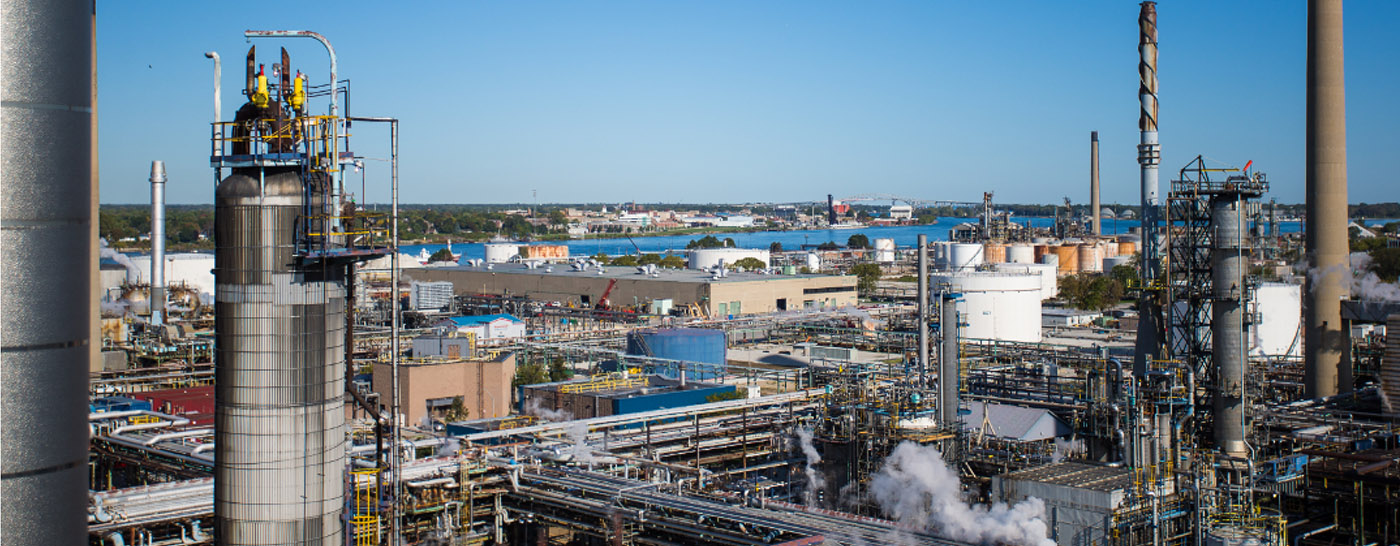The Customer
The Pawtucket Water Treatment Facility serves a population of more than 100,000 Rhode Island residents located across Pawtucket, Central Falls, and the Valley Falls section of Cumberland. Operated by the Pawtucket Water Supply Board, the facility is capable of producing 26 million gallons of potable water each day utilizing a series of processes including clarifiers, filters, and UV disinfection. Its raw water pump station and the treatment facility have standby power that will support 100% of the facility’s electrical loads, should it lose primary power.
The Challenge
On-site backup power generation is essential for facilities that need to remain operational in the event of grid outages, such as hospitals, data centers, water, and wastewater treatment facilities. The Pawtucket Water Treatment Facility falls into this category, with a backup generator providing up to 1.8MW of capacity to ensure it can continue to process water for the region if the grid goes down.
The backup generator also makes the facility a strong candidate to earn payments—and help prevent grid outages—through New England’s demand response program. Through demand response, New England’s grid operator, ISO- NE, pays large energy users to reduce energy consumption when emergency situations result in an imbalance in supply and demand and threaten grid stability.
Several years ago, the Pawtucket Water Treatment Facility participated in the program, earning payments by transitioning its load onto its backup generator during demand response events without shutting down its mission- critical equipment. For organizations that need backup generation assets on-site, demand response is an opportunity to create a return on that investment while also demonstrating that it is capable of supporting the facility when needed.
In 2016, the Pawtucket Water Supply Board faced an obstacle with its demand response participation when the US Environmental Protection Agency (EPA) implemented new regulations on backup generators participating in demand response. Per the regulations, backup generators need to meet the EPA’s standards on performance and hazardous air pollutants in order to qualify for the program. When these new regulations went into effect, the Pawtucket Water Treatment Facility’s generator did not meet the criteria to qualify for demand response.
Upgrading their backup generators to meet these standards would maintain access to demand response payments for the org- anization, but would require significant capital and resources to purchase and install the equipment needed for compliance. Without the required upgrades, the organization lost access to the demand response program.
The Solution
To help the Pawtucket Water Treatment Facility participate in demand response, the Enel X team evaluated its backup generator to determine the required upgrades to resume participating in demand response.
Enel X covered the costs to upgrade the generator and coordinated the implementation to help the facility enroll in the program as quickly and effectively as possible. Through a demand response agreement, Enel X recoups the costs of the generator upgrade from the organization’s demand response payments, which covered these costs within the first two years of the agreement.
Since Enel X offers its own financing, the agreement is structured to deduct only the costs of the project from demand response payments, without the premium attached to payback amounts that are often required in third-party financing agreements for these kinds of projects.
The Results
Through this agreement, the Pawtucket Water Supply Board received a no-cost upgrade to their backup generator and began participating in the 2018/2019 demand response delivery year.
Leveraging its backup generator enables the facility to enroll 500 kW of capacity in the program, which will earn the organization more than $116K in demand response payments over the next five years—after deducting the costs of the upgrade project.
Additionally, the access to data on the facility’s energy consumption trends enables the organization to manage demand charges on their utility bills, which are calculated based on consumption levels at certain intervals and make up a significant amount of the organization’s energy spend.








